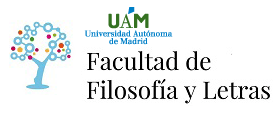Labelling diversity, social stratification, discrimination and aesthetics. The historic case of southern Somalia
Discrimination of diversity within African societies obviously exists and yet, in order to understand it, it should be analysed also using the appropriate categories resulting from the local social dynamics.
In Somalia people with a slave background are discriminated against to date. In the mid nineteenth century, however, the discrimination and value given to the slaves was diversified according to the “ethnic and linguistic background.” Explorers reported that women slaves from certain ethnic backgrounds were sold at higher prices because considered beautiful and desirable as concubines, while women from other backgrounds were only sold mostly in their capacity of workers or reproducers of labour force.
By the early twentieth century such categories of discrimination existing within Somalia have been codified and reinforced by allegedly “scientific studies” of physical anthropologists (for instance, Puccioni and others) in the frame of the creation of a colony in which all the local inhabitants were not considered legally citizens but subjugates. Thus, previous forms of discrimination have been rephrased and reinforced. Through an analysis of different sources, interlacing ethnographic evidence with data reported in written sources, the way in which diversity has been framed in aesthetic terms and food habits, which also constituted an important divide.
Finally, I shall attempt to analyse the complexity of the extent to which the term race, which rose in the Modern era and originated from specific intellectual and philosophical backgrounds, can be a useful category to analyse diversities in precolonial times.
(*)El autor o autora no ha asociado ningún archivo a este artículo









